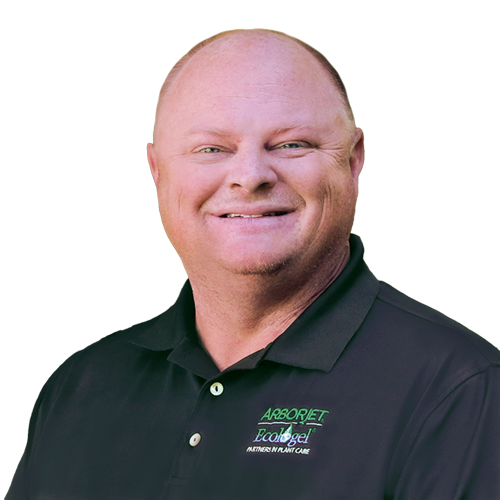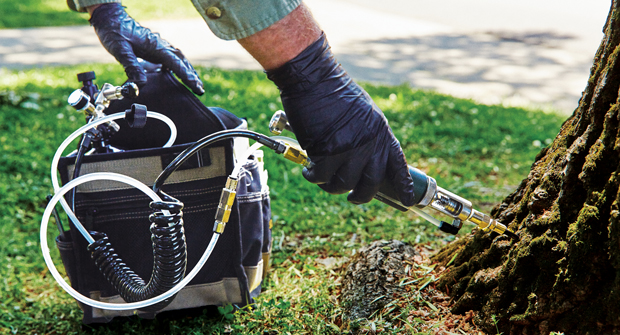
The offseason is a great time to review plant health care (PHC) recommendations for the upcoming year. The following are my top five tips, particularly as they relate to tree care.
Equipment Maintenance
The No. 1 tip is to prioritize equipment maintenance, particularly during the off-season. Thoroughly clean all equipment, inspect hoses and devices and ensure proper lubrication. Don’t overlook replacing worn parts like O-rings, seals, tubing and needles. Lastly, organize your inventory and restock supplies to be fully prepared when spring arrives.
EOPs
Take advantage of Early Order Programs (EOPs) and the significant discounts they offer. This approach helps maximize your bottom line by taking advantage of manufacturer and distributor discounts. If you’re able to put in a bulk order, you’ll have what you need for the entire year. Having a stocked inventory to work from will ensure that you have everything that’s required to get the job done on a moment’s notice.
PHC Scheduling
My third tip focuses on PHC timing and scheduling. Strategic planning for the upcoming seasons is crucial, emphasizing efficiency in schedule reviews. For example, addressing diseases like bur oak blight and fungal issues is best done during spring, along with applying plant growth regulators (PGRs). Summer provides a good opportunity for tackling pests such as emerald ash borer (EAB), Japanese beetle and two-lined chestnut borers. Fall is the prime season for fertilization and chlorosis treatments; PGRs can also be applied during this period.
Upselling
I also encourage upselling and positioning yourself as the expert. Seize opportunities on each property by not overlooking potential issues beyond the customer’s initial concern. For instance, during an EAB treatment, if you spot a chlorotic oak, or a linden tree showing signs of Japanese beetle or drought stress, don’t hesitate to mention it. As the expert, even if you don’t discover a specific issue, conduct a routine PHC check and share your findings. This proactive approach sets you apart from competitors, demonstrating your commitment to thorough service and potentially opening doors for additional business.
Safety
The final tip is a simple one — be safe. Personal protective equipment isn’t just a recommendation, it’s the law. You should always have plenty of gloves and safety glasses on hand. Winter is a good time to stock up so you’re never left empty-handed. Lastly, it’s critical to follow label instructions and always review rates to avoid overapplying.
Implementing these tips will contribute to your success, ultimately translating into increased profits for your business.


